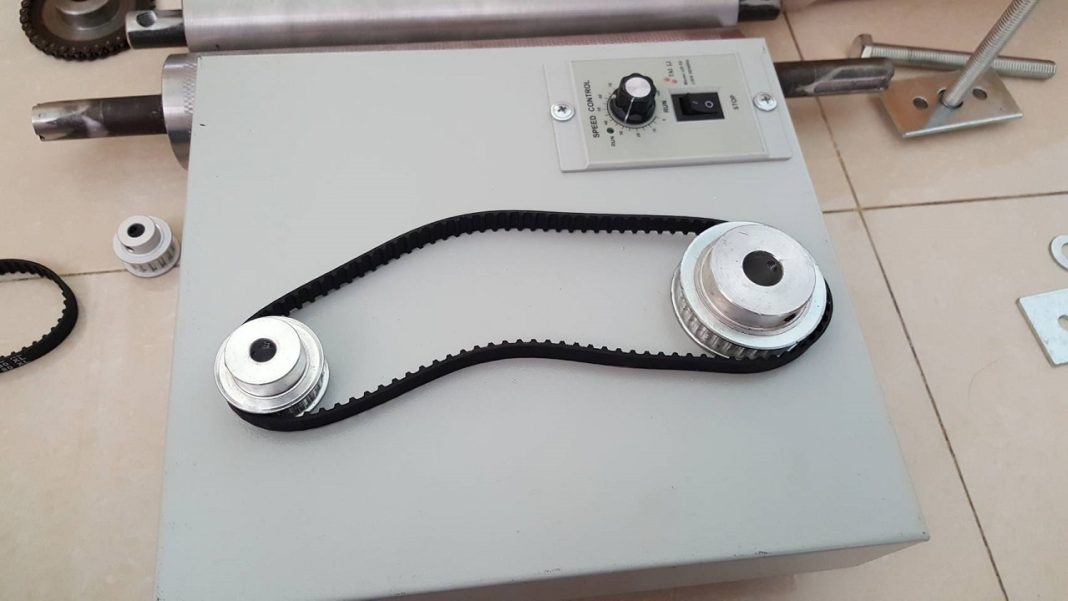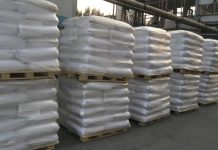The selection of an appropriate HTD (High Torque Drive) timing belt is crucial to ensure the best performance in the industrial processes. These belts are intended to counteract power in varying loads, emphasizing high torque. This guide will show you how to make the right purchase decision and select the most appropriate HTD Timing Belts.
Consider the Application Requirements
The first and most important thing in identifying the right HTD timing belt is contingent on the application needs. This involves determining the horsepower and torque the system can put forward to the belt, which should be supported by the belt. The operating speed should also be considered since it defines the vehicle’s material and design. Temperature changes, contact with chemicals, and moisture are some factors that influence the belt’s functionality, hence its appropriateness.
Select the Right Material
The material used in constructing an HTD timing belt is essential because it determines its working capacity. Neoprene has been utilized in several sectors due to its chemical stability, wear resistance, and relative flexibility. Polyurethane is ideal for high-precision and high-performance systems because of its great wear resistance and accuracy. The choice of material allows the belt to offer the desired performance and durability by withstanding operational pressures and environmental factors.
Evaluate Tensile Cord Options
For this reason, tensile cords are appropriate depending on their applications. Aramid fiber, characterized by a small specific weight and high tensile strength, is suitable for systems with moderate torsional loads. On the other hand, steel cords offer a lot of strength and work well in heavy-loaded applications where high torque is essential. Precision machines, flight controls, and all demanding applications require component substrates that are very light yet extremely strong; these are characteristics peculiar to carbon fiber.
Tooth Profile to Pitch
The tooth geometry of HTD timing belts offered by ZZR is designed to distribute loads around the belt even when used to reduce stress and its attendant effects. One of the critical considerations in this design is the cross-sectional area of the teeth; the larger the area, the lower the unit pressure and, hence, the ability of the belt to carry loads. Furthermore, the size of the pitches must also fit into the system without deviation to guarantee effective engagement and fluid power transmission. Correct positioning of the tooth profile improves the working capacity of the belt in addition to operational aspects such as increased wear or misalignment.
Factor in Cost and Weight
However, costs and weight are the most important considerations when choosing HTD timing belts. Slim belts provide more energy savings and less load on all systems. To make the belt cost-effective, maintain the correct price, corresponding to its efficiency and durability.
Conclusion
Choosing the right HTD timing belt depends on understanding your application needs, types of materials, and performance indicators. The best system outcome and longevity can be achieved when these aspects are well analyzed. A good HTD timing belt in selection and implementation leads to fewer stoppages and improved overall operational reliability.







